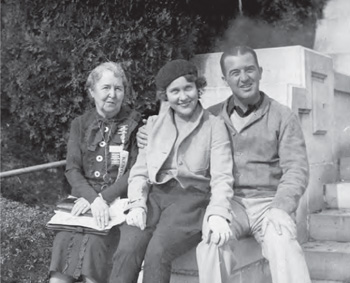My Old Confederate Home (40 page)
Read My Old Confederate Home Online
Authors: Rusty Williams

Inmates gather for a photograph in front of the new L. Z. Duke Hall. Lizzie Duke, who donated money to build the entertainment hall for “her boys,” built her fortune on Texas real estate and prostitution. (Courtesy of the Kentucky Historical Society, accession #1987PH01.0368)
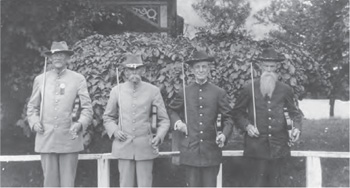
John Pattee's Old Soldier Fiddlers was one of the touring vaudeville acts that played for veterans in Duke Hall at the Kentucky Confederate Home. (Courtesy of Linda Walcroft)
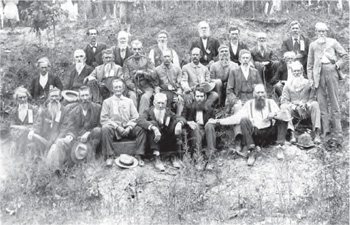
Commandant Henry George (standing, second from right) at a reunion in Graves County. He delighted in hearing the stories of other Confederate veterans. (KUKAV-PA65M158â05, Guide to the Confederate Veterans Reunion Photographic Collection, PA65M158, Special Collections and Digital Programs, University of Kentucky)
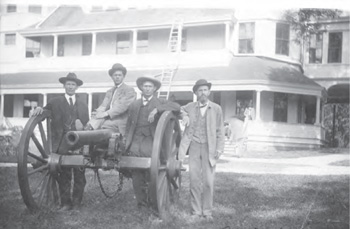
Tourists posing with the cannon on the lawn of the Kentucky Confederate Home. The cannon is probably a veteran of the Spanish-American War. (Courtesy of the Kentucky Historical Society, accession #1987PH01.0366)
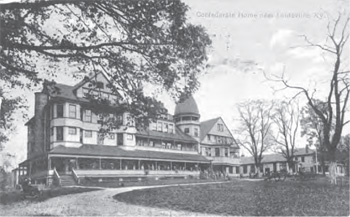
The Kentucky Confederate Home was a tourist destination for veterans, history buffs, and even families on vacation. Many visitors bought picture postcards of the facility. (Author's collection)
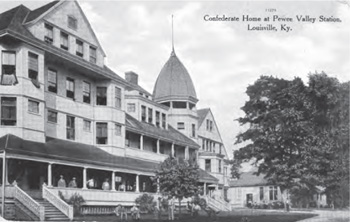

Postcard of the Kentucky Confederate Home. (Courtesy of the Notre Dame Archives)
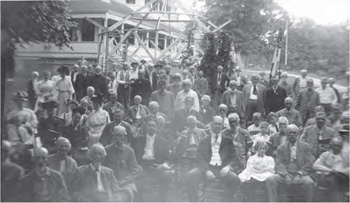
Inmates, visiting Confederate veterans, UDC members, Pewee Valley neighbors, and children gather on the lawn of the Kentucky Confederate Home, perhaps for one of the UDC's Cross of Honor ceremonies. (Courtesy of the Kentucky Historical Society, accession #1987PH01.0367)
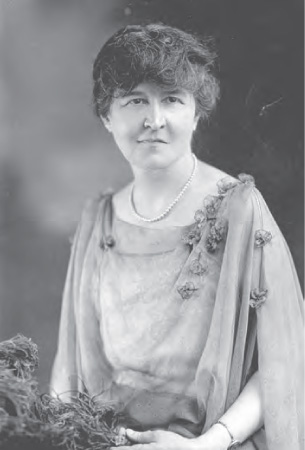
True Daughter Charlotte Woodbury was one of the first women to take a formal management role in the operation of the Home when she was appointed to the Women's Advisory Board. Commandant Daughtry resented her meddling, but she devoted much of her life to the care of Confederate veterans. (ULPA 1994.18.4672, Herald Post Collection, 1994.18. Special Collections, University of Louisville)
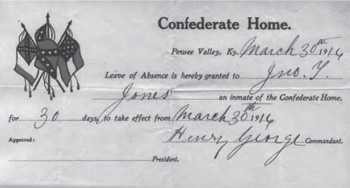
Any inmate who wished to leave the Home for an overnight stay was required to obtain permission from the commandant and a signed furlough slip. (Courtesy of Susan Reedy)
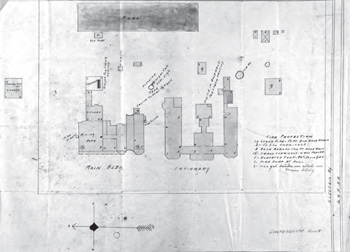
Insurance schematic showing the location of hoses, pumps, standpipes, extinguishers, and other firefighting equipment at the Home. On the evening of March 25, 1920, when a disastrous fire swept through the facility, much of the equipment was missing or inoperative. (Courtesy of the Kentucky Historical Society)

After a career that was “neither particularly conspicuous nor obscure,” Baptist preacher Dr. Alexander N. White entered the Home in 1903 and lived there until it closed thirty-two years later. (ULPA 1994.18.0358, Herald Post Collection, 1994.18. Special Collections, University of Louisville)
